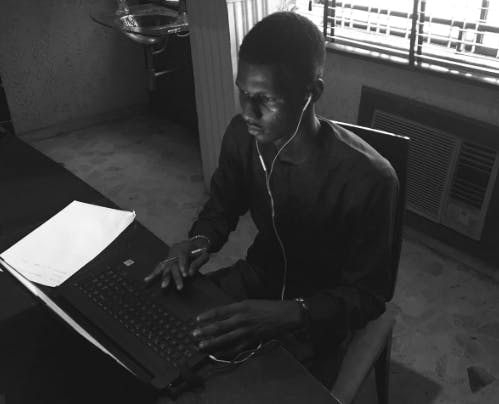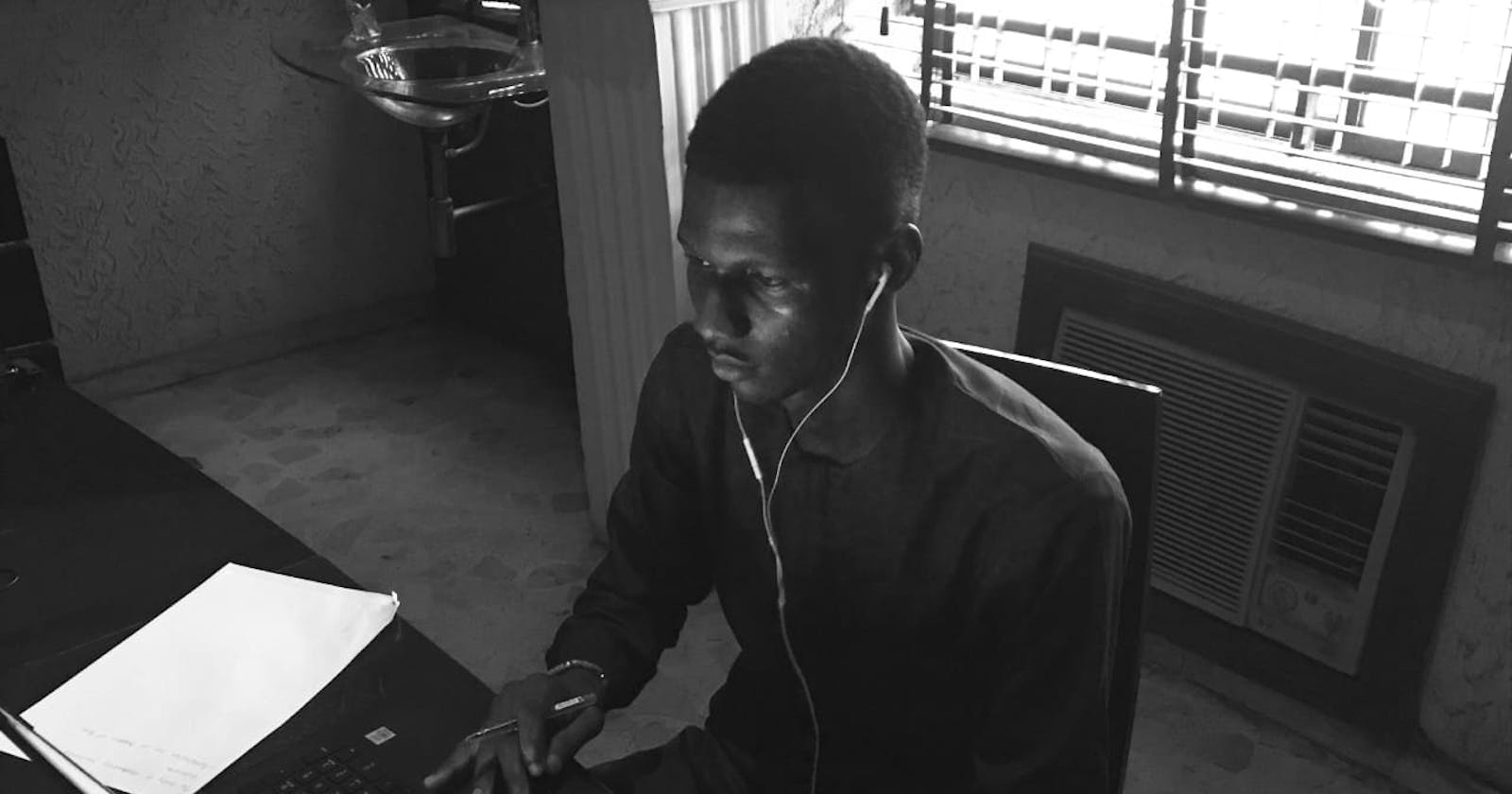One line of code at a time: Here are my why’s.
A piece of my thought process in choosing to become a developer/software engineer
The apple, they say, does not fall far from the tree. I guess this applies to me as well. I do not think I would have even thought to become a software developer without my father. No, he is not a software developer. However, as a kid, I watched my father, a structural engineer by profession, provide solutions to complex problems in and around the house. Cliché as it might sound, that was the beginning of my love story with providing solutions to complex problems. I would later find it intriguing that one could even earn a living (a great one at that) whilst solving some of the world’s greatest problems.
Allow me to paint you a word picture. Picture a relatively bright kid growing up in a small suburb town close to Lagos, Nigeria. Legend has it that the first time he cried (at birth) was one of displeasure that he had commenced his life in a place as third-world-country as it gets. Every day for him was another exhibition of the plethora of problems his community faced. Problems he believed could be solved. His childhood was one of dreams. Dreams for a better life for himself and his society at large. He would watch movies and think “If they can have this, we can have it”. This kid had the odds stuck against him, but he dares to dream and he would stop at nothing in his attempt to actualize that dream. I am that kid.

If I am to describe the community I grew up in, I would describe it as one where hunger and poor healthcare infrastructure reigned supreme amongst the majority of the populace. Growing up, I always believed these hurdles could be crossed, one line of code at a time. As much as I enjoyed coding and writing programs, as time passed, it became more about helping my community for instance by making agricultural practices more data-driven and efficient ICT-enabled solutions that could help farmers increase crops yields whilst reducing their use of energy. Also, now my thoughts were inclined towards creating solutions that could support the widespread deployment of digital health applications including telemedicine and remote medical imaging. And, a few years into the journey, although I am hardly there yet, I feel confident that I am taking the steps in the right direction.

Furthermore, for as long as I can remember, I have always been a social impact enthusiast. Fundamentally, I believe the best in a room (and world at large) cannot survive unless the least in the room (and world) is taken care of. The urge to make significant and positive change that solves or at least addresses social challenges around me has made me well-acquainted with the 17 Sustainable Development Goals (SDGs). Realizing that with tech, we can solve some of the problems the Sustainable Development Goals seek to solve is soothing to my soul. Moreover, I have always been a firm believer that the so-called fourth industrial revolution can help accelerate progress towards the Sustainable Development Goals. In my opinion, I think there is an untapped opportunity to harness technology in a bid to accelerate the progress of the SDGs. At the point, I believed (and I still believe) that as a developer, I can leverage current technologies to both broaden and deepen current action. I understood that the possibility to use these technologies to connect members of my community, monitor and track environmental impact whilst optimizing industrial inefficiencies exists. After all, all of these problems apply to my community.
PS: That longing to make change made me apply and serve as a United Nations Millennium Fellow for the Class of 2021 where I advocated for the third and fourth Sustainable Development Goals.
So at this point in my story, using software engineering/development as an agent of change was a no-brainer. I was so confident that I felt I was just five years of university [yes, some university courses in Nigeria take up to five years] away from building the next big thing that could change lives without even knowing what stack of tech I would fit into. So when I attended my first Google Developer Student Club [GDSC] meeting as a freshman, I became confused and surprised. I was shaken up mainly because now, I had to choose. A simple “What is the most lucrative tech stack right now?” google prompt could have made that decision for another 17-year old. But then, I was not another 17-year old. So here’s what I did: I thought back to the problems I am seeking to solve and realized a number of them have to do with making lives easier. For instance, the same way Uber makes linking passengers with taxi drivers much easier, I want to make things easier. In other words, I want to automate processes. My mother often says I am a fundamentally lazy person. Of course, I disagree. I have just never liked the repetitive, boring tasks that I felt could be automated. She says I like the shortcut. I say I like the “easy cut”. As such, I chose to try my hands on Machine Learning. And from the day I built my first simple linear regression model to this day that I engineer complex AI solutions, the journey has been nothing short of great.
And that’s it. That’s my story. That’s my why. That’s why I stare at my blue Visual Studio Code screen through day and night whilst writing Python Code. [PS: Can someone remind me to get anti-glare glasses?] That’s why I pip install whatever I need. That’s why I try to help others learn when I write technical articles. That’s why I persevere through the pain and worry of the countless bugs. That’s why a fat smile fills my face and heart when I learn a new technology.
The world, especially the part of the world where I come from faces countless problems, a number of which I opine that I can solve one line of code at a time. And that right there is my biggest why.
